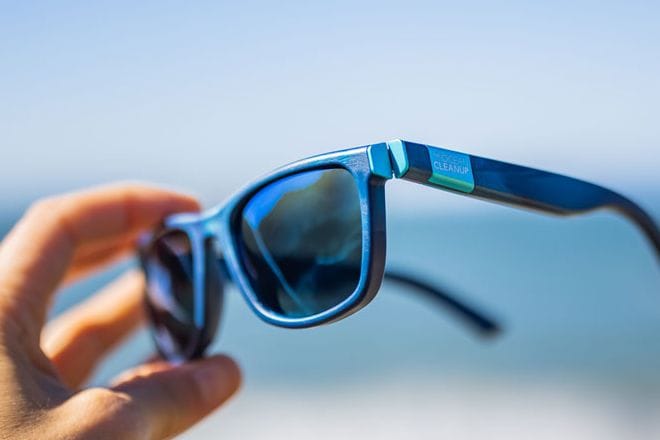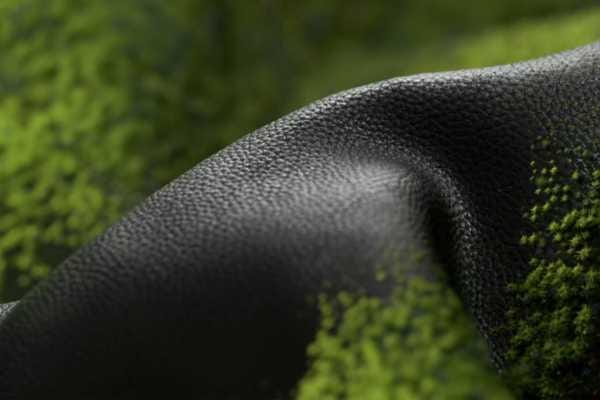Sunglasses sourced from the sea
See the latest innovation created from reclaimed ocean plastic sourced from the Great Pacific Garbage Patch.

Could these feel-good sunnies from The Ocean Cleanup be the coolest ever?
Made out of reclaimed ocean plastic sourced from the Great Pacific Garbage Patch, these sunglasses are the latest innovation from the environmental engineering non-profit.
The Ocean Cleanup designs, builds and operates special barges to trawl the oceans and rivers to collect and recycle plastic pollution, and each pair of sunglasses is estimated to enable the cleaning of around 24 football fields worth of the Great Pacific Garbage Patch, which is the largest accumulation of ocean plastic in the world and is located between Hawaii and California.
Selling at $US199 apiece, you get (in addition to 24 football fields of feel-good), a premium product designed in California by Yves Béhar, and made by Italian eyewear brand Safilo. The lenses are polarised with full UV protection and each pair sports a unique wave pattern reminiscent of the origins of the sunglasses. Because the product has been built to last, a timeless design was chosen.
Some additional features include a QR code that links to footage of the plastic in each pair of glasses being taken out of ocean, and provides a “lost and found” feature that will also help owners reclaim their glasses if they happen lose them. To minimise the chances of this happening, the temples are also adjustable to snugly fit on any head.
“It’s going to be really hard to get rid of these sunglasses,” said inventor, entrepreneur and founder of The Ocean Cleanup, Boyan Slat at last month’s launch.
"Together we could clean half a million football fields worth of ocean and fund the clean-up operation of the coming year."

The price does not appear to have been a deterrent with 10,000 people pre-registering to receive the company’s first product, 100 per cent of the proceeds of which will go towards continuing the clean-up.
According to Slat, it took loads of experimentation to get the Great Pacific Garbage Patch plastic into a usable form. With help from its recycling partner, the plastic must be sorted, washed and transformed into a quality compound capable of being turned into sunglasses something that was once considered impossible because of the complex nature of ocean plastic.
The plastic has also been independently verified as ocean-sourced by certifyer DNV-GL, and The Ocean Cleanup says it is the first organisation ever to achieve the certification. Slat says the plan is to process more ocean plastic and create more consumer products over time.
“We only have limited about of plastic at this moment, so this will really only be the beginning, but even so, if we do get this done, together we could clean half a million football fields worth of ocean and fund the clean-up operation of the coming year. That’s the goal. So I’d like to welcome you all to go to our website, theoceancleanup.com, and join us in closing the circle and turning the pollution of yesterday into the clean-up of tomorrow.”
The tech
The plastic used in The Ocean Cleanup’s new sunglasses has been floating in the ocean in some cases for decades, so it’s degraded, mixed and encrusted with salt. The first step is to separate the usable from the unusable material, which is then shredded and molded into pellets. A small percent of additives ensure that the material is strong enough, and the frames are made using injection molding. At least 95 per cent of the polymers in the frame were once plastic pollution floating in the middle of the ocean, and everything else from the lenses to the hinges, the logo plates, the protective pouch, the case, and the box they are shipped in are made from recycled materials. Each pair of glasses has a QR code that when scanned with a phone links to footage of the plastic used to make that pair of sunglasses being taken from the ocean. At the end of their life, the sunglasses can be taken apart so they can be recycled completely.





